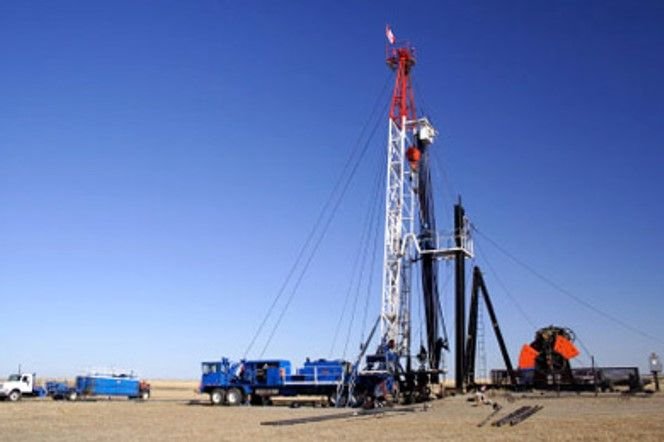| Introduction The Wireline Logging Services Market plays a critical role in the oil and gas exploration and production (E&P) process. It provides essential subsurface data used to evaluate reservoir properties, identify productive zones, and optimize drilling operations. As global energy demand rises and exploration activities expand into deeper and more complex reservoirs, wireline logging services have become increasingly sophisticated. The integration of digital technologies, automation, and real-time data analytics is driving the transformation of the wireline logging sector, making it a cornerstone of modern hydrocarbon exploration. Understanding the Market Wireline logging involves the use of electrical or mechanical cables to lower measurement instruments into a borehole to collect geological and petrophysical data. These services help determine the formation’s porosity, permeability, hydrocarbon saturation, and other crucial characteristics. The market is divided into open-hole and cased-hole logging. Open-hole logging is conducted before the well is cased, providing detailed formation evaluation, while cased-hole logging focuses on production monitoring and well integrity assessment. With the rising demand for unconventional resources such as shale gas and tight oil, the need for advanced wireline services has surged globally. Technological Innovations Technological advancements have transformed the efficiency and accuracy of wireline logging. Modern logging tools now feature high-resolution sensors, advanced telemetry systems, and cloud-based data integration. Real-time transmission of logging data enables on-site engineers to make faster and more informed drilling decisions. The adoption of digital twin technology, machine learning (ML), and artificial intelligence (AI) is enhancing data interpretation, helping operators identify pay zones with greater precision. Additionally, the development of slimhole logging tools and compact sensors allows for effective operation in complex well architectures and high-pressure, high-temperature (HPHT) environments. Market Growth and Future Outlook The global Wireline Logging Services Market is poised for steady growth, driven by increased drilling activities, especially in offshore and unconventional fields. Regions such as North America, the Middle East, and Asia-Pacific are witnessing rising investments in oilfield exploration, further boosting market demand. The shift toward digital oilfield technologies and real-time reservoir monitoring is reshaping the industry landscape. Moreover, the transition toward renewable energy has not diminished oil and gas exploration needs, as hydrocarbons continue to play a vital role in global energy supply. By 2032, the market is expected to grow consistently due to enhanced data acquisition needs and expanding exploration frontiers. Challenges and Opportunities The market faces several challenges, including volatile oil prices, strict environmental regulations, and high operational costs. Additionally, geopolitical tensions and limited access to remote or deepwater reserves can hinder project timelines. However, the rapid digitalization of oilfield services presents major growth opportunities. The use of automation and AI reduces human error, enhances operational safety, and improves productivity. As E&P companies strive for cost-efficiency, service providers offering integrated wireline solutions and data-driven analytics stand to gain a competitive edge. The growing emphasis on energy efficiency and environmental compliance also fuels demand for smarter, eco-friendly logging technologies. Conclusion The Wireline Logging Services Market remains a pivotal component of upstream oil and gas operations, enabling better reservoir understanding and production optimization. With continuous innovations in digital tools, automation, and data processing, the industry is set to evolve toward greater efficiency and sustainability. As operators pursue new energy frontiers, wireline services will continue to play an essential role in maximizing recovery and ensuring the responsible development of hydrocarbon resources. |
